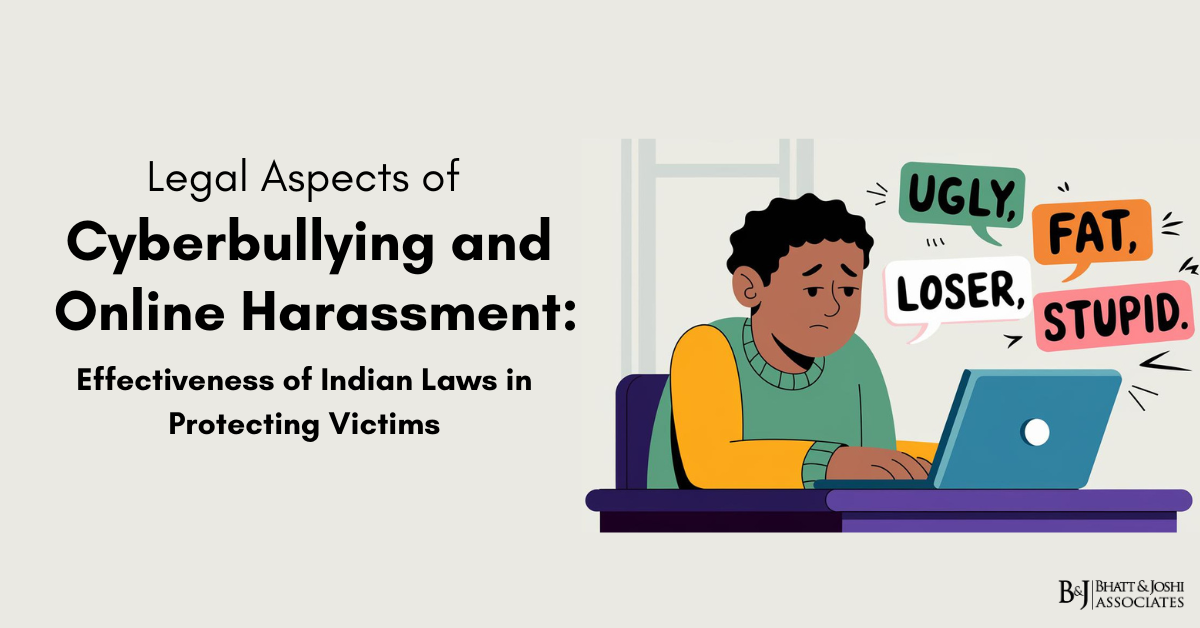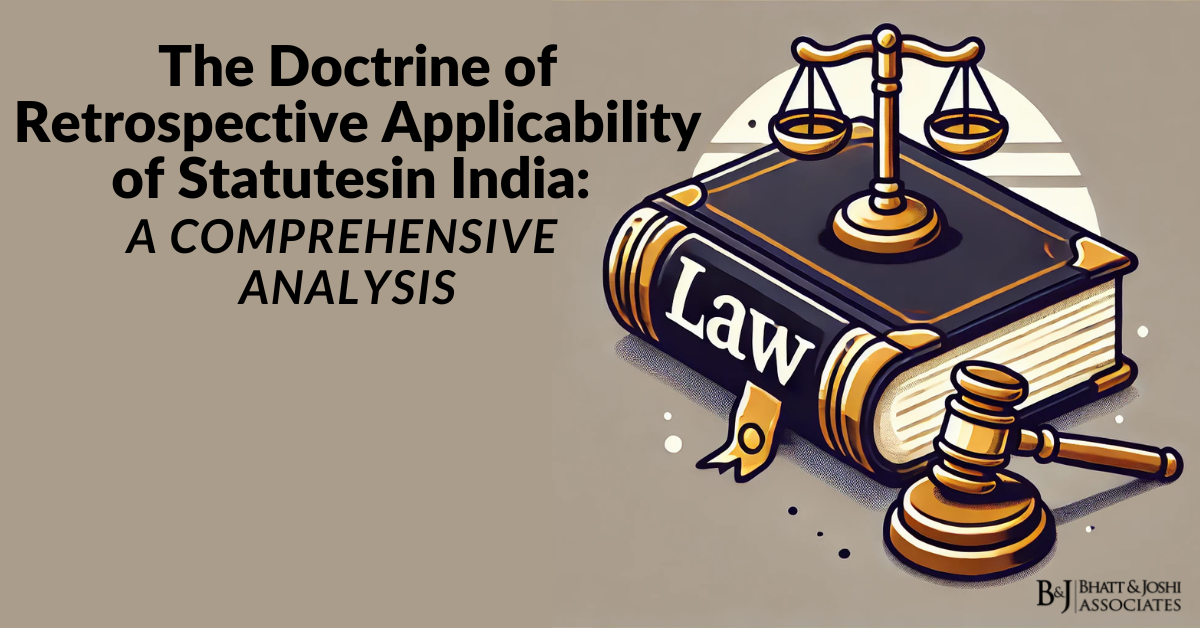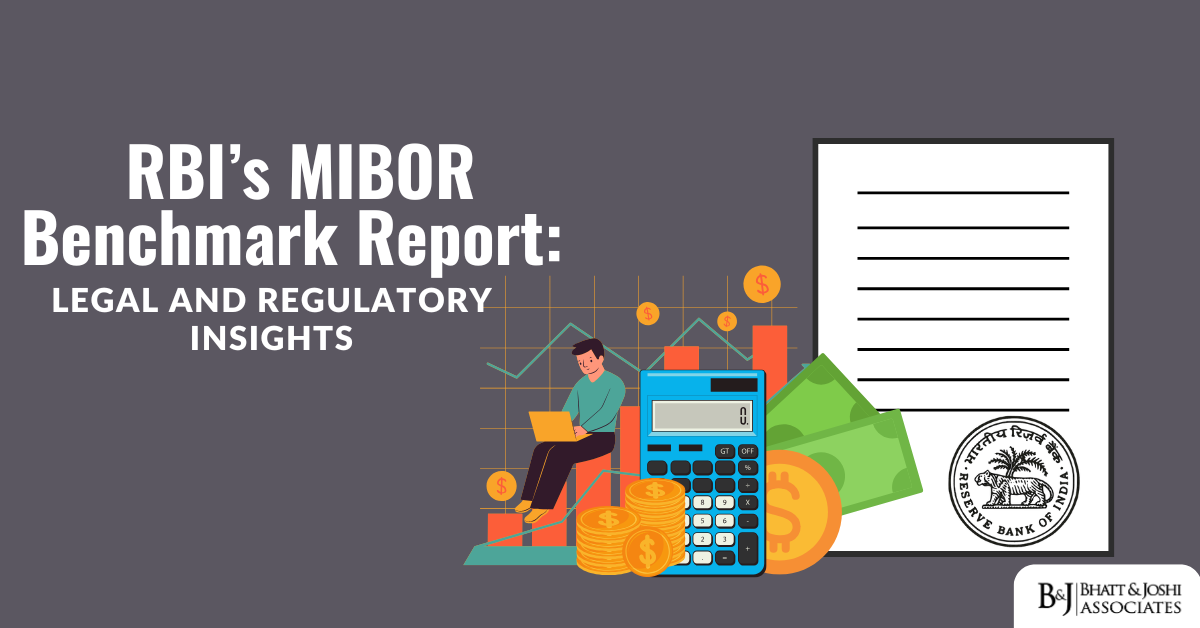Introduction
In the digital age, the internet has become an integral part of our daily lives, offering a wealth of information, connectivity, and convenience. However, this digital revolution has also given rise to new challenges, including cyberbullying and online harassment. These issues have become pervasive in today’s society, affecting individuals of all ages and backgrounds. Cyberbullying and online harassment can have severe emotional, psychological, and even physical consequences for victims. In response to these challenges, legal systems worldwide have been striving to address the complexities of online misconduct. India, with its rapidly growing internet user base, is no exception. This article explores the legal aspects of cyberbullying and online harassment in India and assesses the effectiveness of Indian laws in protecting victims.
Understanding Cyberbullying and Online Harassment
Definition and Scope
Cyberbullying refers to the use of electronic communication tools, such as social media platforms, emails, messaging apps, and websites, to harass, intimidate, or harm individuals. It involves repetitive aggressive behavior intended to hurt or embarrass the target. Online harassment, a broader term, encompasses any unwelcome conduct directed at an individual or group online, including threats, stalking, doxxing (publishing private information), and defamation. Both cyberbullying and online harassment can manifest in various forms, including verbal abuse, spreading false rumors, sharing explicit content without consent, and impersonation.
Psychological and Emotional Impact
The psychological and emotional toll of cyberbullying and online harassment can be profound. Victims often experience anxiety, depression, low self-esteem, and feelings of helplessness. The constant presence of digital technology means that victims may find it difficult to escape the harassment, leading to chronic stress and, in some cases, suicidal ideation. The anonymity afforded by the internet can embolden perpetrators, exacerbating the severity of the abuse.
The Role of Technology in Cyberbullying and Online Harassment
Technology plays a dual role in cyberbullying and online harassment. On one hand, it facilitates connectivity and communication, enabling people to build communities and share ideas. On the other hand, it provides tools for malicious behavior. Social media platforms, instant messaging apps, and online forums can become breeding grounds for harmful activities, often with minimal oversight or accountability. The rapid spread of information and the potential for content to go viral further complicate the issue, as damaging material can reach a vast audience in a short time.
Legal Framework for Addressing Cyberbullying and Online Harassment
International Perspectives
Globally, countries have implemented various legal measures to combat cyberbullying and online harassment. The Council of Europe’s Convention on Cybercrime, also known as the Budapest Convention, is a key international treaty aimed at addressing cybercrime. It emphasizes the importance of international cooperation and sets guidelines for member states to criminalize offenses like unauthorized access, data interference, and computer-related fraud. However, cyberbullying is not explicitly covered under this convention, highlighting the need for specific legislation.
In the United States, laws vary by state, with some states enacting specific anti-cyberbullying laws and policy. The Children’s Online Privacy Protection Act (COPPA) and the Communications Decency Act (CDA) are federal laws that provide some level of protection, but there is no comprehensive federal law specifically addressing cyberbullying. In Europe, the General Data Protection Regulation (GDPR) provides mechanisms for protecting personal data, indirectly offering some protection against cyber harassment.
Indian Legal Landscape: Tackling Cyberbullying and Online Harassment
India’s legal framework for addressing cyberbullying and online harassment is evolving. With over 900 million internet users as of 2024, the country faces significant challenges in regulating online behavior. Indian laws related to cyberbullying and Online Harassment, including the Information Technology Act, 2000, the Indian Penal Code, 1860, and other ancillary laws, are being adapted to address these issues effectively.
The Information Technology Act, 2000
Overview of the IT Act
The Information Technology Act, 2000 (IT Act), is the primary legislation governing cyber activities in India. Enacted to provide legal recognition to electronic transactions and combat cybercrime, the IT Act has been amended several times to address emerging challenges. It applies to all Indian citizens, including those residing abroad, and covers offenses related to computers, networks, and electronic communication.
Relevant Provisions for Cyberbullying and Online Harassment
Several sections of the IT Act are pertinent to cyberbullying and online harassment:
Section 66A: This section dealt with the sending of offensive messages through communication services. It criminalized the sending of information that was grossly offensive, menacing, or false with the intent to cause annoyance or inconvenience. However, in 2015, the Supreme Court of India struck down Section 66A in the landmark Shreya Singhal v. Union of India case, citing its vague and unconstitutional nature, which infringed upon the right to freedom of speech and expression under Article 19(1)(a) of the Constitution.
Section 66C and 66D: These sections address identity theft and cheating by impersonation using a computer resource. They can be applied in cases where individuals create fake profiles or impersonate others online to deceive or harass.
Section 67 and 67A: These sections deal with the publishing or transmitting of obscene material in electronic form. Section 67 criminalizes the publication and transmission of obscene material, while Section 67A specifically targets sexually explicit content. These provisions can be used to combat the dissemination of explicit images or videos without consent.
Section 67B: This section pertains to child pornography and prohibits the publishing or transmission of material depicting children in sexually explicit acts. It is crucial in protecting minors from online exploitation and abuse.
Section 69: This section empowers the government to issue directions for interception, monitoring, or decryption of information through any computer resource. While intended for national security, it has implications for privacy and surveillance, which can be controversial in cases of cyberbullying investigations.
The Impact of Section 66A’s Abrogation
The Supreme Court’s decision to strike down Section 66A was hailed as a victory for free speech advocates, but it also left a gap in addressing certain forms of online harassment. Critics argue that while the section was broad and prone to misuse, its absence has made it challenging to prosecute cases involving offensive and threatening online communication. The government has since sought to introduce new provisions to balance free speech with the need for protection against online abuse.
The Indian Penal Code, 1860
IPC Provisions Relevant to Cyberbullying
The Indian Penal Code (IPC), a comprehensive criminal code, includes several sections for cyberbullying and online harassment:
Section 354A: This section addresses sexual harassment and punishment for sexual harassment. It includes unwelcome physical contact, advances, or sexually colored remarks, which can extend to online conduct.
Section 354D: This section deals with stalking, including online stalking, and punishes individuals who monitor or contact someone persistently despite clear indications of disinterest.
Section 499 and 500: These sections pertain to defamation, which involves damaging an individual’s reputation through false statements. Online defamation is actionable under these provisions, and offenders can face imprisonment and fines.
Section 503 and 507: These sections address criminal intimidation and anonymous communication, respectively. They are relevant when individuals use threats or anonymous communication to instill fear or coerce victims.
Section 509: This section focuses on acts intended to insult the modesty of a woman, including online gestures, words, or actions.
Challenges in Applying IPC Provisions
While the IPC offers a range of provisions to address online harassment, applying these laws to cyberspace can be challenging. Traditional legal principles may not fully capture the nuances of online behavior, and the anonymous nature of the internet can complicate the identification and prosecution of perpetrators. Additionally, the overlap between IPC provisions and IT Act sections may create confusion in determining jurisdiction and applicable penalties.
Specialized Legislation and Policies
Protection of Children from Sexual Offences (POCSO) Act, 2012
The POCSO Act is a comprehensive law designed to protect children from sexual abuse and exploitation. It criminalizes a wide range of offenses, including child pornography, and provides for stringent penalties. The Act also mandates the establishment of special courts to expedite cases involving child victims. In the context of cyberbullying, the POCSO Act is instrumental in addressing online exploitation and harassment of minors.
The Juvenile Justice (Care and Protection of Children) Act, 2015
The Juvenile Justice Act aims to provide care, protection, and rehabilitation for children in conflict with the law. It recognizes that minors may also be involved in cyberbullying and online harassment and emphasizes rehabilitation and restorative justice. The Act acknowledges the unique vulnerabilities of juveniles and seeks to balance accountability with their developmental needs.
National Cyber Security Policy, 2013
India’s National Cyber Security Policy outlines strategies to safeguard cyberspace and protect citizens from cyber threats. While primarily focused on national security, the policy underscores the importance of creating a secure online environment for individuals and businesses. It highlights the need for capacity building, awareness, and legal frameworks to address cybercrime effectively.
Judicial Response to Cyberbullying and Online Harassment
Landmark Judgments
The Indian judiciary has played a significant role in shaping the legal landscape for cyberbullying and online harassment. Several landmark judgments have highlighted the need for legal clarity and victim protection:
Shreya Singhal v. Union of India (2015): This case challenged the constitutionality of Section 66A of the IT Act. The Supreme Court’s decision to strike down the provision emphasized the importance of safeguarding free speech while acknowledging the need for laws to address online abuse.
Supreme Court on Right to Privacy (2017): In a landmark ruling, the Supreme Court recognized the right to privacy as a fundamental right under the Indian Constitution. This judgment has implications for online harassment cases, as it underscores the importance of protecting individuals’ personal information and digital identities.
Kalpana Mehta v. Union of India (2018): This case addressed the issue of online defamation and highlighted the need for responsible online communication. The court emphasized the impact of digital content on individuals’ reputations and the importance of legal remedies.
Evolving Legal Interpretations
The judiciary’s evolving interpretations of cyberbullying and online harassment reflect the complexities of digital interactions. Courts have recognized the unique challenges posed by the internet, including issues of jurisdiction, evidence preservation, and the balance between free speech and protection from harm. Judicial decisions continue to shape the contours of legal responses to online misconduct.
Challenges in Enforcing Cyberbullying Laws
Anonymity and Jurisdiction
One of the most significant challenges in addressing cyberbullying and online harassment is the anonymity afforded by the internet. Perpetrators can easily hide their identities, making it difficult for law enforcement agencies to track and apprehend them. Moreover, the global nature of the internet raises jurisdictional issues, as offenders may operate from different countries, complicating cross-border investigations and prosecutions.
Lack of Awareness and Reporting
Many victims of cyberbullying and online harassment hesitate to report incidents due to a lack of awareness about legal remedies and fear of retaliation. The stigma associated with victimization, especially in cases involving explicit content, further discourages reporting. As a result, numerous cases go unreported, leaving victims without recourse and allowing perpetrators to continue their harmful behavior.
Inadequate Law Enforcement Training
Effective enforcement of cyberbullying laws requires specialized training for law enforcement personnel. However, many officers lack the technical expertise needed to investigate cybercrimes and collect digital evidence. This knowledge gap hampers the ability to identify offenders and build strong cases, resulting in low conviction rates and limited deterrence.
Balancing Free Speech and Regulation
The challenge of balancing free speech and regulation is a recurring theme in discussions about cyberbullying laws. While protecting individuals from harm is crucial, overly restrictive measures can infringe upon fundamental rights. Striking the right balance requires careful consideration of the impact of legislation on freedom of expression and the need to prevent online abuse.
Efforts to Enhance Legal Protection
Legislative Amendments
In response to the evolving nature of cyberbullying, there have been calls for legislative amendments to strengthen existing laws. Proposals include introducing specific provisions targeting cyberbullying, refining definitions of online harassment, and enhancing penalties for repeat offenders. Legislative updates can help bridge gaps in the legal framework and provide clearer guidance for law enforcement agencies.
Awareness Campaigns and Education
Raising awareness about cyberbullying and online harassment is essential for prevention and victim support. Government agencies, non-governmental organizations, and educational institutions can collaborate to conduct awareness campaigns that educate the public about the risks of online misconduct and the available legal remedies. Empowering individuals with knowledge can encourage reporting and foster a culture of accountability.
Collaboration with Technology Companies
Technology companies play a pivotal role in addressing cyberbullying and online harassment. Collaborating with platforms to implement effective reporting mechanisms, content moderation policies, and user safety features can enhance the online environment. Partnerships between law enforcement agencies and tech companies can facilitate the identification and removal of harmful content and the tracking of offenders.
Strengthening Law Enforcement Capabilities
Enhancing the capabilities of law enforcement agencies is crucial for effective cyberbullying prevention and prosecution. Providing specialized training in digital forensics, cybercrime investigation, and data protection can equip officers with the skills needed to address complex cases. Establishing dedicated cybercrime units and fostering collaboration between agencies can improve response times and investigative outcomes.
Case Studies and Real-Life Examples
Case Study 1: The Blue Whale Challenge
The Blue Whale Challenge, a dangerous online game that gained notoriety in 2016, highlighted the potential dangers of cyberbullying and online manipulation. The game involved a series of self-harm tasks culminating in suicide, and it primarily targeted vulnerable teenagers. The challenge underscored the need for proactive measures to identify and combat online threats that prey on vulnerable individuals.
Case Study 2: Revenge Porn and Image-Based Abuse
Revenge porn, or the non-consensual sharing of intimate images, is a prevalent form of online harassment that disproportionately affects women. Victims often experience severe emotional distress and reputational damage. Legal cases involving revenge porn have highlighted the inadequacy of existing laws in addressing this form of abuse and the need for specific legislation that criminalizes image-based abuse and provides remedies for victims.
Case Study 3: Online Harassment of Journalists and Activists
Journalists and activists often face online harassment due to their work, with perpetrators using digital platforms to threaten, intimidate, and silence them. In India, several high-profile cases have involved targeted harassment campaigns against journalists who have reported on sensitive issues. These cases underscore the importance of legal protections for individuals engaged in public interest activities and the need to uphold freedom of expression while ensuring their safety.
Comparative Analysis with Other Jurisdictions
United States
In the United States, the legal approach to cyberbullying varies by state, with some states enacting specific anti-cyberbullying laws. Federal laws like the Children’s Online Privacy Protection Act (COPPA) and the Communications Decency Act (CDA) offer some level of protection, but there is no comprehensive federal law specifically addressing cyberbullying. The lack of uniformity in legal responses highlights the challenges of addressing online misconduct in a diverse and decentralized legal system.
United Kingdom
The United Kingdom has taken significant steps to address cyberbullying and online harassment. The Malicious Communications Act 1988 and the Communications Act 2003 criminalize online abuse, including sending threatening or offensive messages. Additionally, the Defamation Act 2013 provides remedies for online defamation. The UK government has also introduced initiatives to hold social media companies accountable for harmful content and ensure user safety.
Australia
Australia has implemented specific legislation to combat cyberbullying, including the Enhancing Online Safety Act 2015, which established the Office of the eSafety Commissioner. The Act provides a mechanism for individuals to report cyberbullying material and seek its removal. The eSafety Commissioner has the authority to issue takedown notices and impose penalties on non-compliant platforms, making it a robust model for addressing online harassment.
The Role of NGOs in Cyberbullying and Online Harassment
Support and Advocacy
Non-governmental organizations (NGOs) play a vital role in supporting victims of cyberbullying and online harassment. NGOs offer counseling services, legal assistance, and advocacy for policy changes. Organizations like the Cyber Peace Foundation and the Internet Freedom Foundation in India work to raise awareness, provide resources, and advocate for stronger legal protections.
Promoting Digital Literacy
Digital literacy programs conducted by NGOs aim to educate individuals about safe online practices, privacy protection, and recognizing cyber threats. By promoting responsible digital behavior, these programs empower users to protect themselves from online harassment and contribute to a safer online community.
Collaborative Initiatives
NGOs often collaborate with government agencies, educational institutions, and tech companies to address cyberbullying comprehensively. Collaborative initiatives may include workshops, training sessions, and research projects that contribute to a deeper understanding of online harassment and the development of effective solutions.
The Future of Legal Protection for Cyberbullying Victims
Emerging Technologies and Challenges
The rapid evolution of technology presents both opportunities and challenges in addressing cyberbullying. Emerging technologies like artificial intelligence, virtual reality, and blockchain have the potential to enhance online safety and security. However, they also introduce new risks, such as deepfake technology and virtual reality harassment, which require proactive legal responses and measures to prevent cyberbullying.
The Need for Comprehensive Legislation
To effectively combat cyberbullying and online harassment, there is a pressing need for comprehensive legislation that addresses the unique challenges of the digital age. Such legislation should encompass clear definitions, specific offenses, and robust penalties while balancing free speech rights. Additionally, legal frameworks should prioritize victim support, rehabilitation of offenders, and preventive measures.
Empowering Individuals and Communities
Empowering individuals and communities to stand against cyberbullying is crucial for creating a safer online environment. Education, awareness, and advocacy efforts can foster a culture of respect, empathy, and accountability. By equipping individuals with the knowledge and tools to protect themselves and others, society can collectively work towards eliminating online harassment.
Conclusion
Cyberbullying and online harassment are complex issues that require multifaceted solutions. While India has made significant strides in addressing these challenges through legal measures, there is still room for improvement. The effectiveness of Indian laws in protecting victims depends on continuous efforts to refine legislation, enhance enforcement mechanisms, and promote digital literacy. By fostering collaboration among stakeholders, raising awareness, and empowering individuals, India can build a safer and more inclusive online environment for all its citizens.














